How Architectural Signage Can Enhance Your Building
What is architectural signage? Architectural signage refers to any sign that is added to the building's design. The term sounds vague but is often...
3 min read
Craftsmen Industries Jul 19, 2021 12:25:00 AM
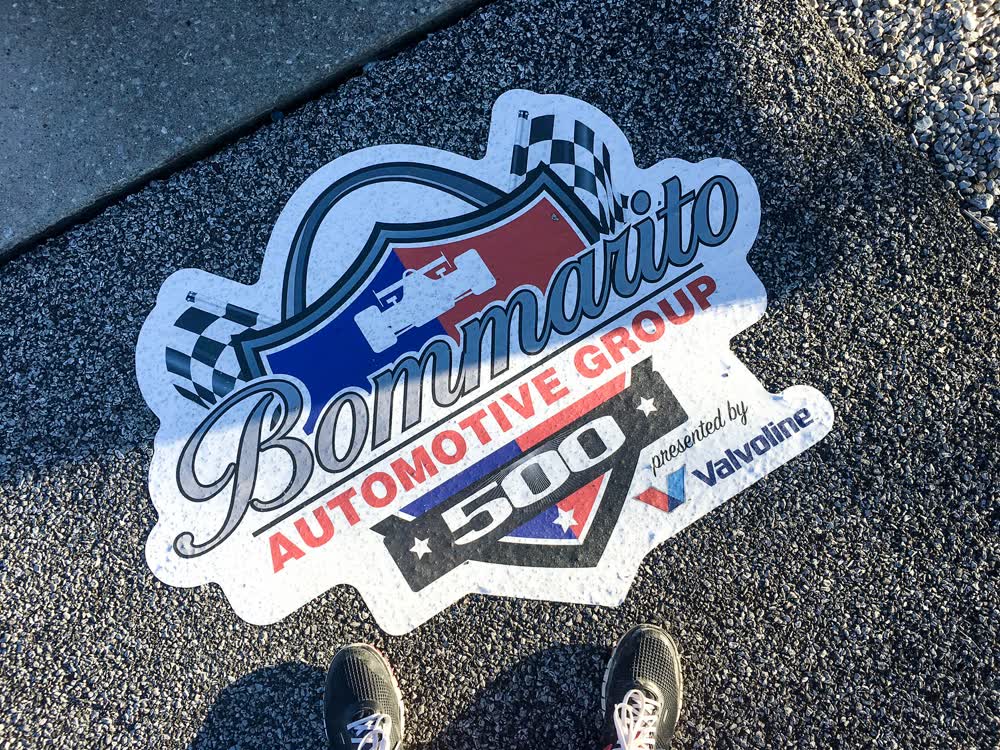
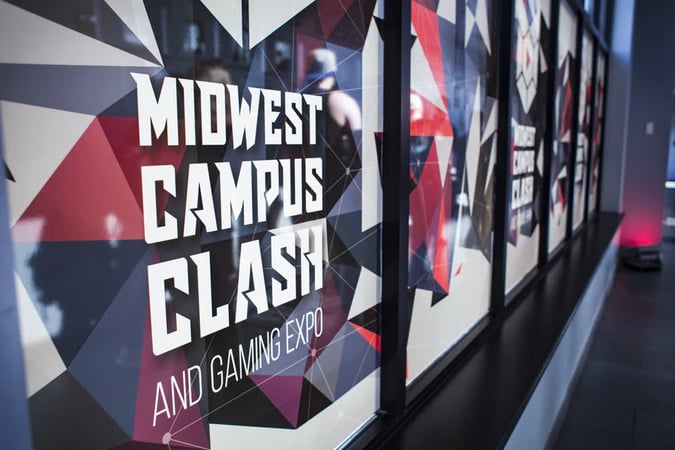
If I asked you to tell me about the last piece of signage you saw in a store, how much would you remember? Would you be able to recall the name of the establishment or the message it portrayed? Signage can be one of the most effective tools that a store uses to make sales, or it can be a missed opportunity. Making your signage work for you requires understanding how it serves your customers and influences buying behavior.
While the success of e-commerce is on the rise, many customers still prefer to shop in brick-and-mortar stores. It may be convenient to order a pair of jeans or designer shoes and have them delivered to your doorstep. Still, it can be frustrating to open the package and find they don't look anything like the picture on your computer screen or that they feel two sizes too small when you put them on. There really is no substitute for seeing the product before you buy it.
Stores wishing to improve customer acquisition and retention will use well-designed and appropriately placed signage to make shopping a pleasant and rewarding experience. Signage should not be limited to the name of the store on the outside of the building. Many placement opportunities allow you to engage customers throughout their shopping experience.
If you have ever pulled into a crowded parking lot looking for your favorite store and struggled to find it, you understand why branding is so crucial in exterior signage. Malls and shopping centers consist of rows of stores, all with brightly colored signs attempting to grab your attention. The problem comes when they all look the same.
Your signage should be consistent with company branding used in other locations. Using the same colors, font, and graphics makes your store instantly recognizable to customers. This consistency also lends credibility to your product and builds trust with customers.
Exterior signage size and placement should match the size and location of your retail space. Signage that is too large, too small, or off-center will appear haphazard and sloppy. Potential customers may infer from poorly placed signs that the rest of the store will offer the same experience. Their first impression of your business comes from the first thing they see: your signage.
Outward-facing windows are a blank canvas that you can use to elaborate on your messaging. Windows are a great place to advertise products and services or promotional deals through window graphics and window decals. Placed at eye level, this signage tells the customer what they have to gain by coming inside your store. It should tell them a story about the possibilities in words and pictures. Be careful not to visually overwhelm people, though. Allow white space so that graphics and important words stand out. Your message will come through clearly if you can keep it simple and eye-catching.
Microsoft's Attention Span Report released in 2015 concluded that the average person has about an eight-second attention span. Ironically, this is one second less than a goldfish and amounts to a mere glance. Keep your message short and simple to grab their attention and make them want to find out more.
This type of signage is usually located near the entrance of a store, at the checkout counter, or next to the product for sale. Advertising to customers in the place and time when they are considering purchasing can lead to higher sales because, at that moment, the product is relevant to the customer. For example, advertising the latest barbecue grill accessories next to the grills catches the attention of those purchasing a grill. These shoppers are also likely to be interested in grill accessories.
High traffic areas or waiting areas are great places to garner buying attention as well. Many retailers place signs near the store entrance because of the sheer number of people that pass by it to enter the store. It allows them to reach more customers. Likewise, advertising at the checkout counter reaches customers that are making purchases. They have decided that they like the product you have to offer and are a paying customer. Reaching out at this point with signage about upcoming sales or deals gives them a reason to return, becoming a loyal customer.
The floor may be the last place you think of putting signage. However, it is a blank canvas that you can use to improve your customers' shopping experience and empower them to make buying decisions.
In this digital shopping age, we have become accustomed to finding what we want with a few quick searches and clicks of the mouse. By comparison, a large department store may seem overwhelming and confusing – a veritable maze of products to sift through. Retailers may use floor graphics to direct customers to popular products and destinations within the store. Think of it as having strategically placed sales associates to direct customers. In restaurants, this type of signage may guide patrons to patio access points, the bar, or the restrooms. When customers feel confident and comfortable navigating the space, they are more likely to locate products and purchase them.
As a society, we have become tired of the constant bombardment of advertising, commercials, and signs. We pay extra money to skip the Hulu commercials. We install ad blockers on our internet browsers. We throw away mail ads without looking at them. We change the channel on the radio when the ads come on. But are we really looking to get away from all the advertising? Perhaps, what we really want is a way to sift through all of the clutter to find unique, interesting, practical, and intriguing products.
More than anything else, the design of your signage influences how customers view it and whether or not they allow their attention to be diverted by it, even if only for eight seconds. If you show them something new and unexpected or something mundane in a new way, you can change how they respond and react to the signage that you use throughout your establishment.
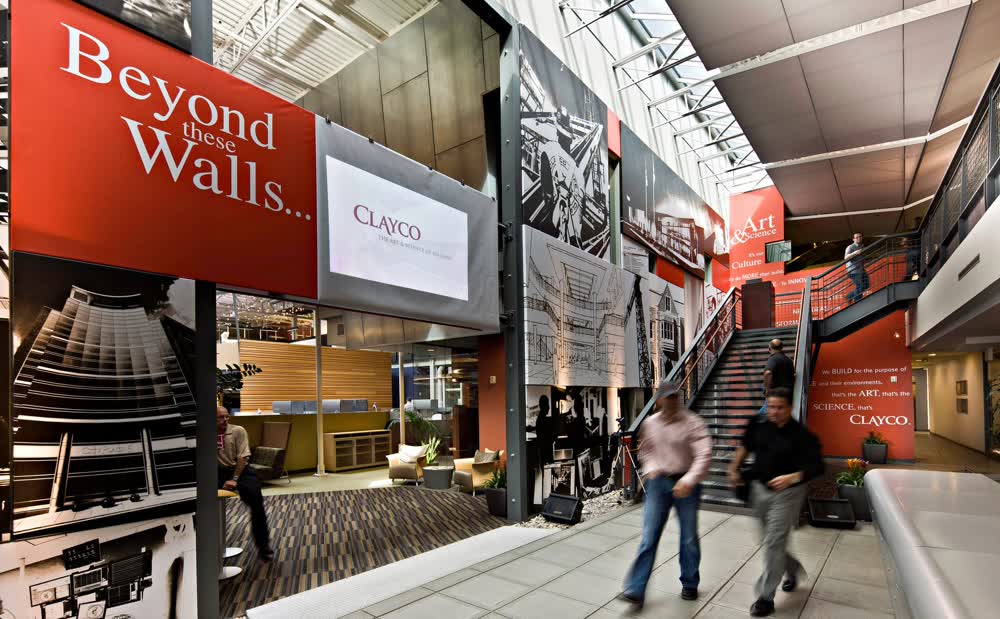
What is architectural signage? Architectural signage refers to any sign that is added to the building's design. The term sounds vague but is often...
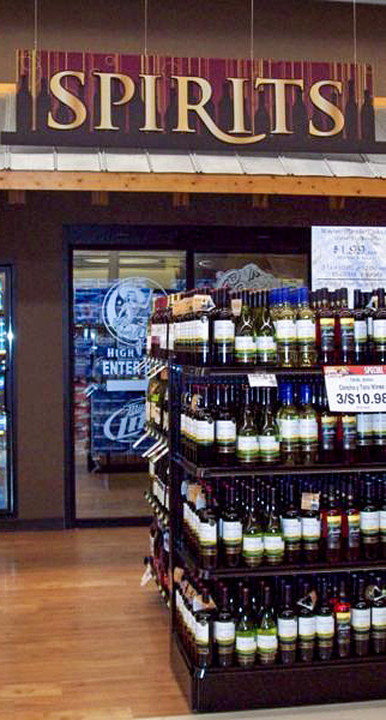
It may surprise you that a retail store's visual appearance has a significant impact on sales. Adding well-designed graphics and signage can elevate...
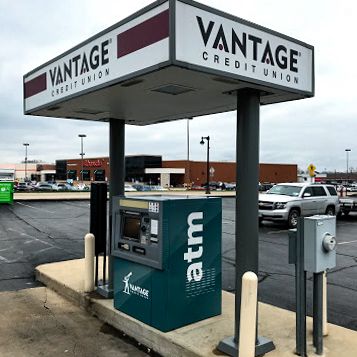
Retail signage gives potential customers the first impression of your brand. Quality retail graphics can attract people to your store, help create a...